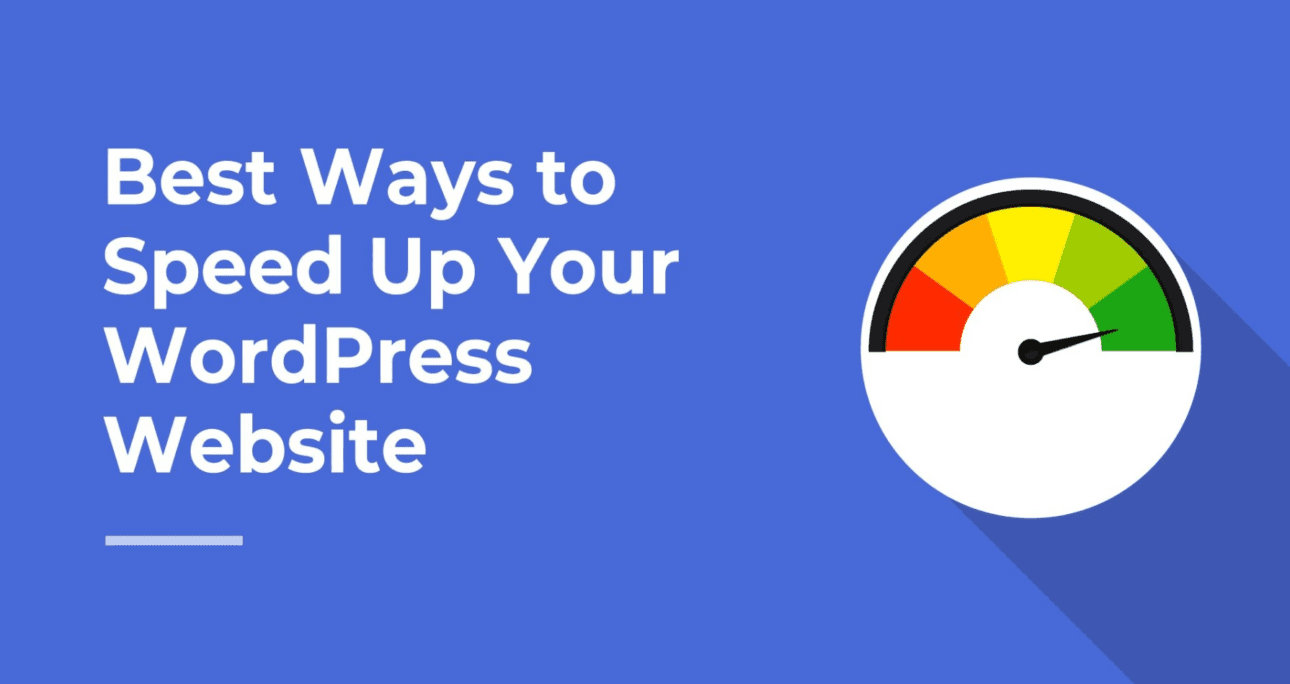Website Speed and Performance
A slow website can be frustrating for users and can also have a negative impact on search engine rankings. In today’s fast-paced online environment, it’s more important than ever to ensure that your website is fast and responsive. In this blog post, we’ll explore some strategies for optimising website speed and performance to help improve user experience and search engine rankings.
Minimise HTTP Requests
One of the most effective ways to improve website speed is to minimise the number of HTTP requests. This can be achieved by reducing the number of images, scripts, and stylesheets on the website. By combining multiple files into one, and compressing them, you can reduce the number of HTTP requests and speed up page load times.
Use a Content Delivery Network (CDN)
A Content Delivery Network (CDN) can also be used to improve website speed and performance. A CDN stores copies of your website on multiple servers around the world, which can help reduce the time it takes for users to access your website. By using a CDN, you can improve website speed and reduce server load, which can improve website performance.
Optimise Images
Images can have a significant impact on website speed and performance. To optimise images, you can reduce their size and compress them without sacrificing quality. This can be achieved using image optimisation tools or plugins, or by manually optimising images before uploading them to your website.
Minimise CSS and JavaScript
Minimising the amount of CSS and JavaScript on your website can also help improve website speed and performance. By removing any unnecessary code, you can reduce the file size of your website and improve load times. This can be achieved by using a minification tool or by removing any unused CSS and JavaScript manually.
Use Caching
Caching can also be used to improve website speed and performance. By storing website data in a cache, you can reduce the time it takes for users to access your website. This can be achieved using browser caching, server caching, or by using a caching plugin.
In conclusion, optimising website speed and performance is essential for improving user experience and search engine rankings. By minimising HTTP requests, using a CDN, optimising images, minimising CSS and JavaScript, and using caching, you can significantly improve website speed and performance. By implementing these strategies, you can create a fast and responsive website that provides a positive user experience and drives traffic to your website.



